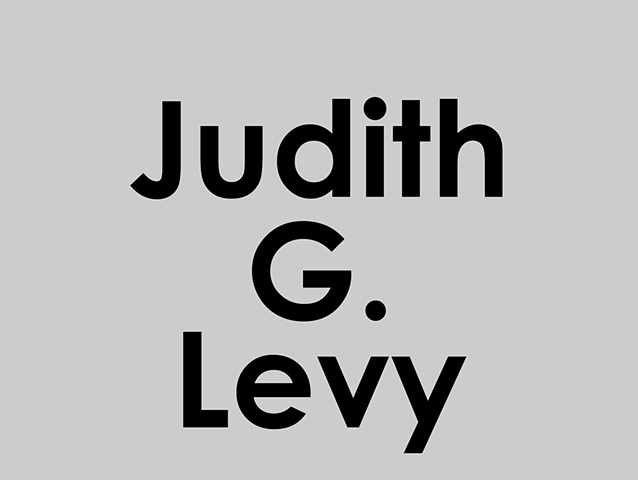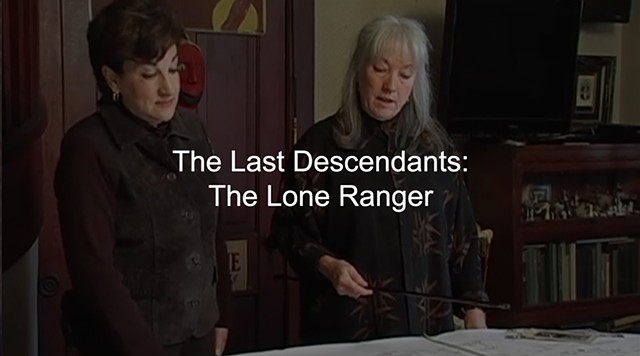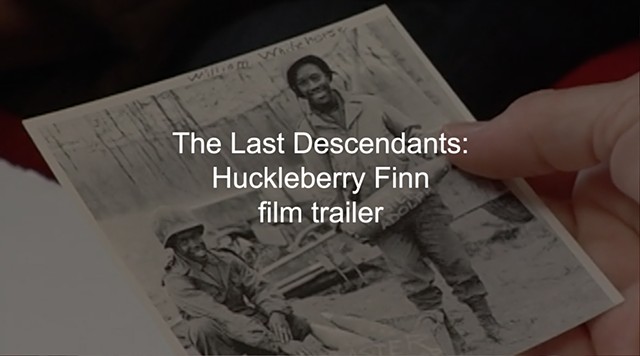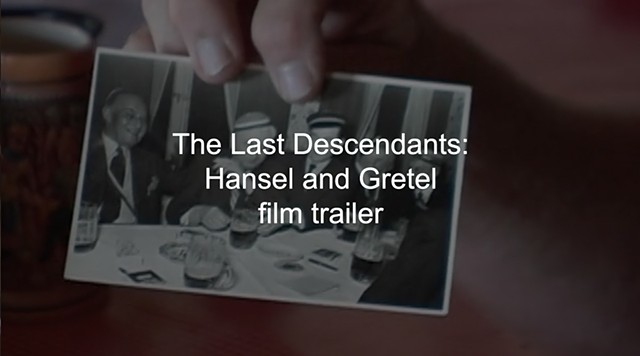The Last Descendants
These videos are three in a series called, The Last Descendants, which is part of a larger installation also called The Last Descendants.
I first learned about historical narratives from immediate family members, who stretched the truth, omitted information or fabricated things about family and friends. I also learned about how formal history is created through memory, imagination and omission. In this body of work, I interview the last, living relatives of The Lone Ranger, Huckleberry Finn, and Hansel and Gretel and blend fiction and fact to explore how private and public history is created and how the threads of personal and national narratives weave a fabric of understanding that often becomes family lore and formal history.
I became interested in how information is controlled by those who are interested in influencing others. When I was in middle school, I wrote a glowing report about the great presidency of Andrew Jackson, based on information in the books that I found in our school library. Here again, it was years later, that I learned the true nature of his presidency and his responsibility for the Trail of Tears and the removal of 130,000 Indians from their homes.
Around the same time that I wrote about Jackson, I started reading American fiction, such as Steinbeck's The Grapes of Wrath, Roth's Call It Sleep, Agee's A Death in the Family, and Twian's Huckleberry Finn. Fiction began to articulate for me what I'd begun to understand intuitively and experientially, that events have considerable context and people have complicated feelings and motives for both their actions and inactions. I began to realize that, "History is who we are and why we are the way we are." (historian, David McCollough). And while I write fictional scripts for my films, I do sufficient research about references and events, such as Civil War, epidemics and immigration, so that I can effectively suspend disbelief, because it is a necessary element in this work. In this installation goal it to encourage the viewer to reconsider understandings of the past and the present, as they explore what exists between the lines.
REVIEW IN THE KANSAS CITY STAR
CLIMBING A FICTIONAL FAMILY TREE
Artist Judith Levy’'s 'documentaries' delve into the genealogies of some well-known names.
By DANA SELF
THE KANSAS CITY STAR
The personal is always political, and history is not a series of fixed moments in time, but rather perspectives and truths that shift depending on who tells the story.
Lawrence-based artist Judith Levy excavates the past and reconstructs it through her fictional historical documentaries. She stitches together social, political and economic realities of the times in which fictional characters lived and how those histories shape us.
In her faux documentary film series "The Last Descendants, " Levy interviews the imaginary last relatives of the Lone Ranger, Huckleberry Finn, and Hansel and Gretel.
Levy constructs elaborate family trees that map immigration patterns, slavery, and American social, cultural and racial developments. These family trees, which are central to the exhibition, help establish her characters' invented lives.
Huck Finn's ersatz familial history reveals that his mother was black, his traveling companion Jim was his half brother, and Huck himself was the product of rape. This family tree cleaves wide open the painful realities of American slavery and its potent aftermath.
Levy interviews Faye Finn-Cohen and her two sons in "Huckleberry Finn." Among issues of paternity and racism, they discuss not getting invited to the "white" side of the Finn family reunions. They ruefully ponder how the "black side of the Finn family really wanted to do it, " but the white side did not. "I really want that Finn Family Fun T-shirt, " quips one of the sons, ironically.
The interview telegraphs an uncomfortable reality about a fictional family that mirrors concrete issues.
In "Hansel & Gretel, " the last descendants are siblings portrayed by sculptor John Hachmeister and his wife, Diane. As if they were siblings, they fractiously interrupt each other and quibble throughout the interview about whether Hansel or Gretel saved the pair from their forest misadventure, who in the family tree might have been a Nazi collaborator and other familial secrets.
Toward the end Levy raises a question about jewels the Grimm brothers were said to have paid Hansel and Gretel's father for "exclusive rights" to their story. Levy cleverly folds contemporary journalistic sensationalism into the story.
In "The Lone Ranger, " Levy speculates about the Lone Ranger's sexuality and his relationship with Tonto. That she makes the Lone Ranger a descendant of Turkish Sephardic Jews allows Levy to "challenge conventional notions of heroes, " according to her email exchange.
An assortment of bogus Lone Ranger family heirlooms rounds out the exhibition. Displayed in a glass case, period pocket watches, spectacles, a ring that was a "gift from Tonto" and other mementos make up the collection.
Viewing these carefully labeled items, it's easy to forget that it's all an elaborate and skillfully deployed invention.
By paradoxically fictionalizing characters to unpack and examine history, Levy expands a dialogue about how we understand history's various truths and how they all may be interpreted differently and discontinuously over time.
"The Last Descendants" is a complex, multilayered, narrative exhibition exquisitely crafted and acted by Levy.






